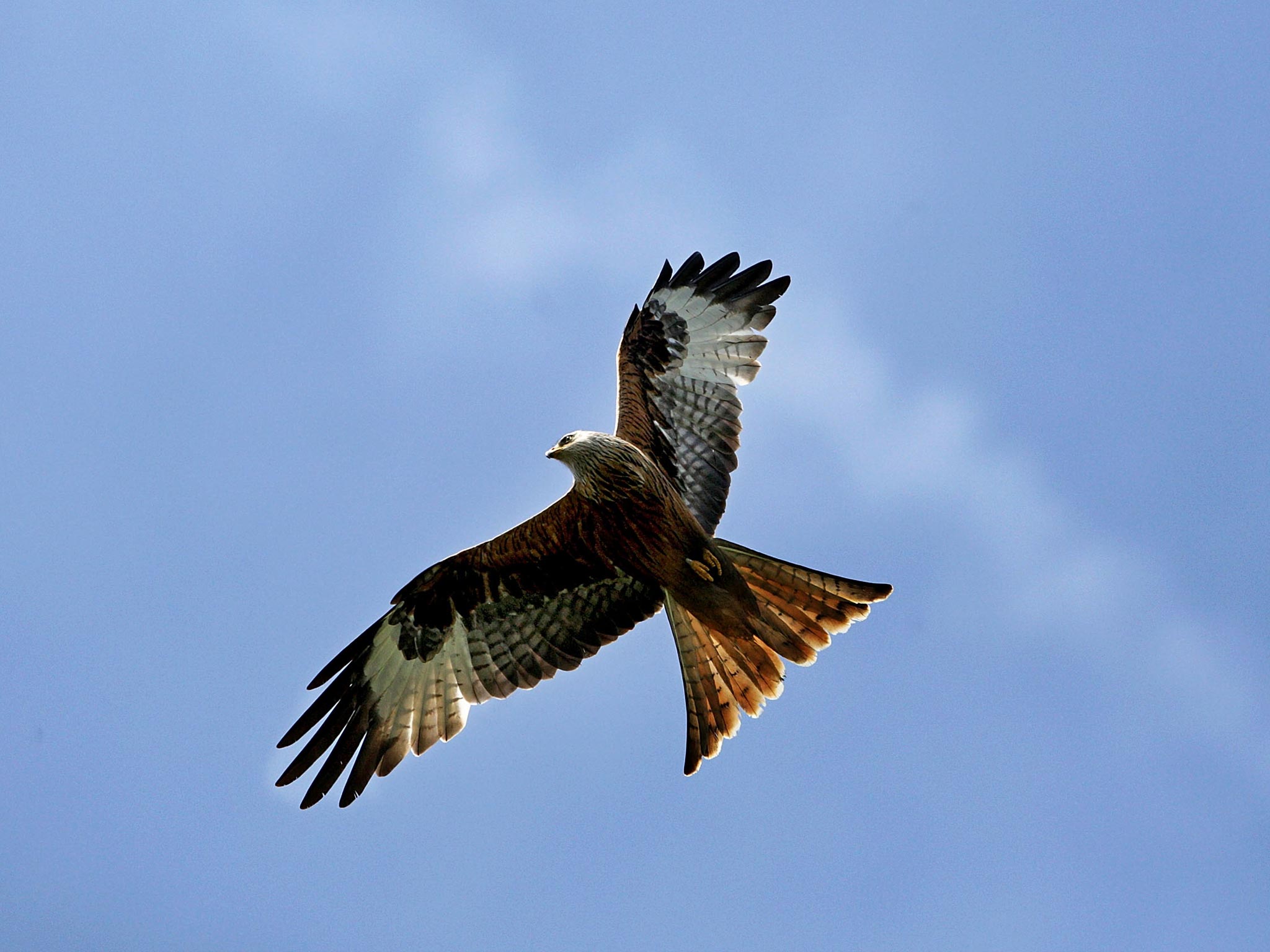RSPB doubles reward to £10,000 in hunt for birds of prey poisoner
The bodies of four buzzards and 12 red kites have been discovered in the past two weeks

Your support helps us to tell the story
From reproductive rights to climate change to Big Tech, The Independent is on the ground when the story is developing. Whether it's investigating the financials of Elon Musk's pro-Trump PAC or producing our latest documentary, 'The A Word', which shines a light on the American women fighting for reproductive rights, we know how important it is to parse out the facts from the messaging.
At such a critical moment in US history, we need reporters on the ground. Your donation allows us to keep sending journalists to speak to both sides of the story.
The Independent is trusted by Americans across the entire political spectrum. And unlike many other quality news outlets, we choose not to lock Americans out of our reporting and analysis with paywalls. We believe quality journalism should be available to everyone, paid for by those who can afford it.
Your support makes all the difference.One of Britain’s most valuable bird of prey colonies has been hit by what is believed to be the worst spate of poisonings in modern history, with the bodies of four buzzards and 12 red kites discovered in the past two weeks.
The Royal Society for the Protection of Birds (RSPB) has doubled its reward for information leading to a prosecution over the killings on the Black Isle peninsula in northern Scotland to £10,000, The Guardian reported.
Many birds of prey were brought close to extinction in the UK with farmers and gamekeepers historically keen to kill them, often to protect game birds for sport shooting. However, there are no shooting estates in the immediate area and red kites, which are scavengers, pose little threat to farm animals.
Six of the Black Isle birds were found to have been poisoned and the other bodies are still being tested. The poison is so fast-acting that some birds were found with meat still in their mouths.
Brian Etheridge, an RSPB expert on red kites, said he believed the 12 dead kites found so far represented “the absolute minimum”.
“My experience from people who put poison out is they try to retrieve the bodies; they make strenuous efforts to retrieve all the bodies so they can destroy them,” he told the paper. “That way there's less chance of them being detected.”
Mr Etheridge said he had been studying one of the dead kites since 1998.
“I was a familiar sight for her; she was a familiar sight for me. I have seen her winter at communal roosts and so she was like an old friend,” he said. “I feel absolutely gutted that she's one of the victims.”
Duncan Orr-Ewing, RSPB Scotland’s head of species and land management, said the red kite population in the other main reintroduction site in the Chilterns was nearly 10 times larger even though both projects had started in 1989 with the same number of birds.
“That is a shocking indictment of the behaviour of some in this part of rural Scotland,” he said.
“This appalling incident highlights the very real threat illegal poisoning poses to fantastic species like red kites.”
Scottish Land & Estates, which represents grouse moor owners, said deplored the attacks and urged members to co-operate with the police investigation.